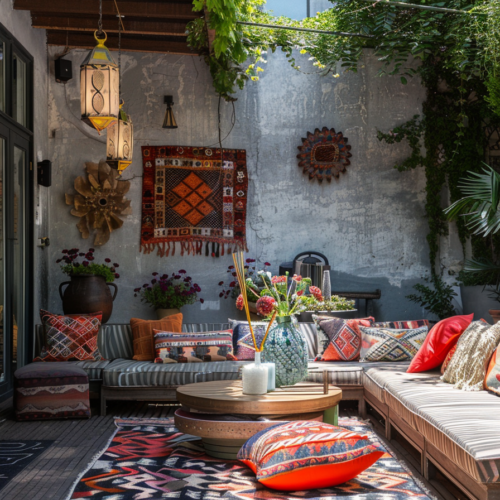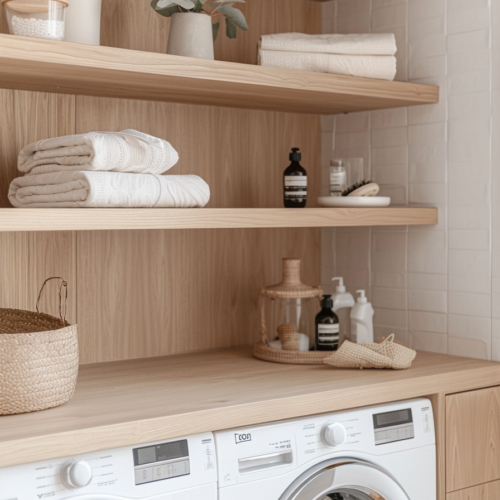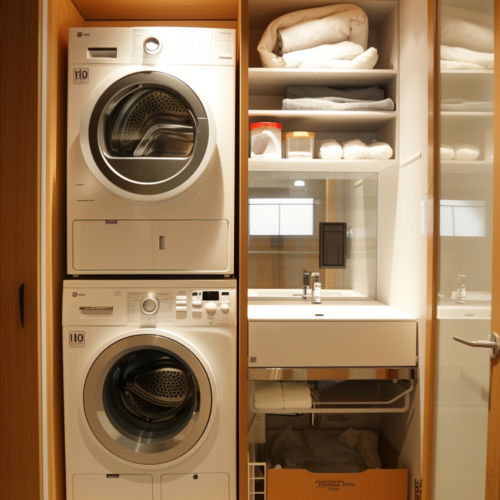Caring for plants in a windowless bathroom may seem challenging, but with the right strategies, it can be easy and rewarding. In this comprehensive guide, we’ll explore ten key aspects of creating a self-sustaining indoor garden that thrives without natural sunlight.
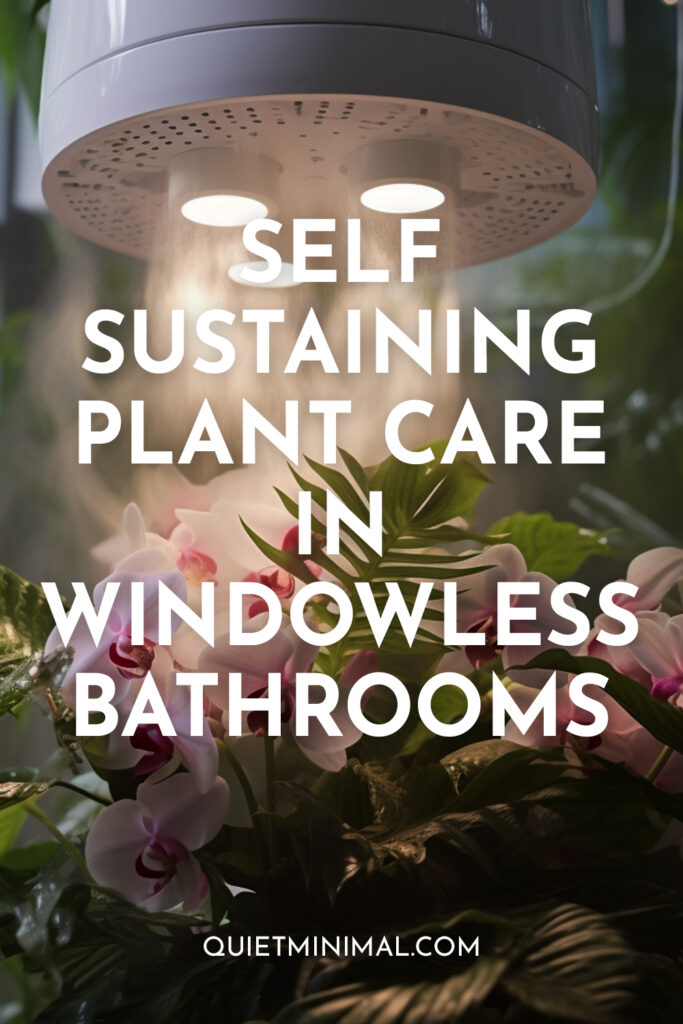
From choosing the best plants to setting up effective lighting and watering systems, we’ve got you covered with practical tips for lush, vibrant plants that purify the air and enhance your space. Read on to unlock the secrets of hassle-free horticulture, even in the most unlikely environments!
Assess Lighting Needs and Install Fixtures
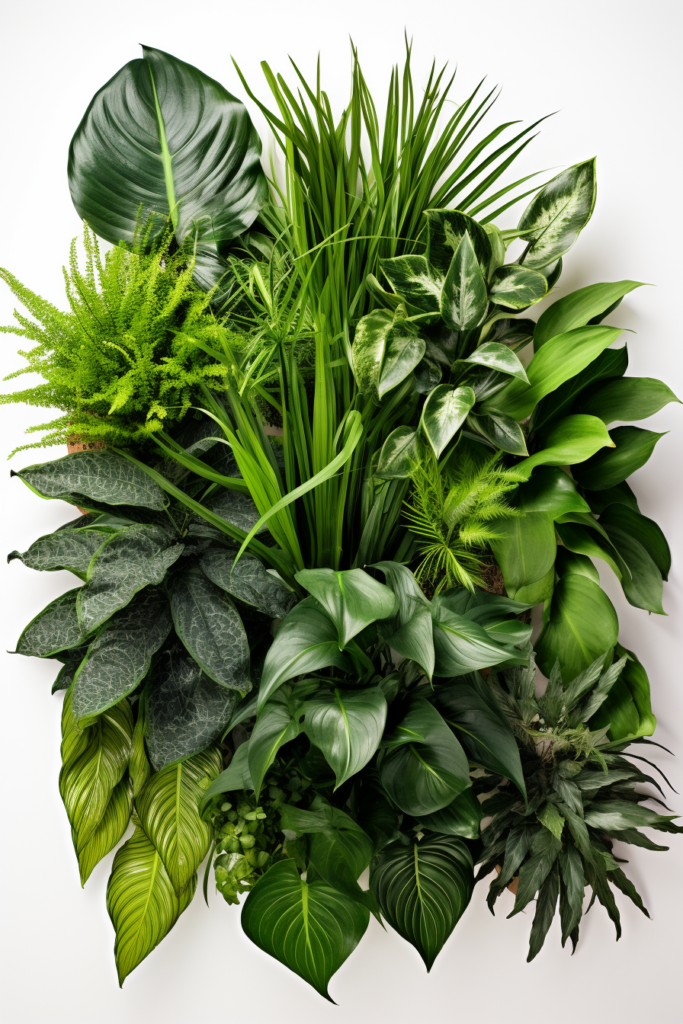
The foundation of any indoor garden is proper lighting. Evaluate how much brightness your plants need, generally enough to comfortably read a book. Stand in different spots and test levels. Most bathrooms need supplemental lighting on for 8-16 hours daily via grow lights or fluorescent bulbs.
Install fixtures just above or amongst your plants. Use timers to automate the schedule. Adjust over time as needed based on plant health. Dark green leaves indicate adequate light, while weak stems or faded color means they need more illumination.
Select Low Light Houseplants
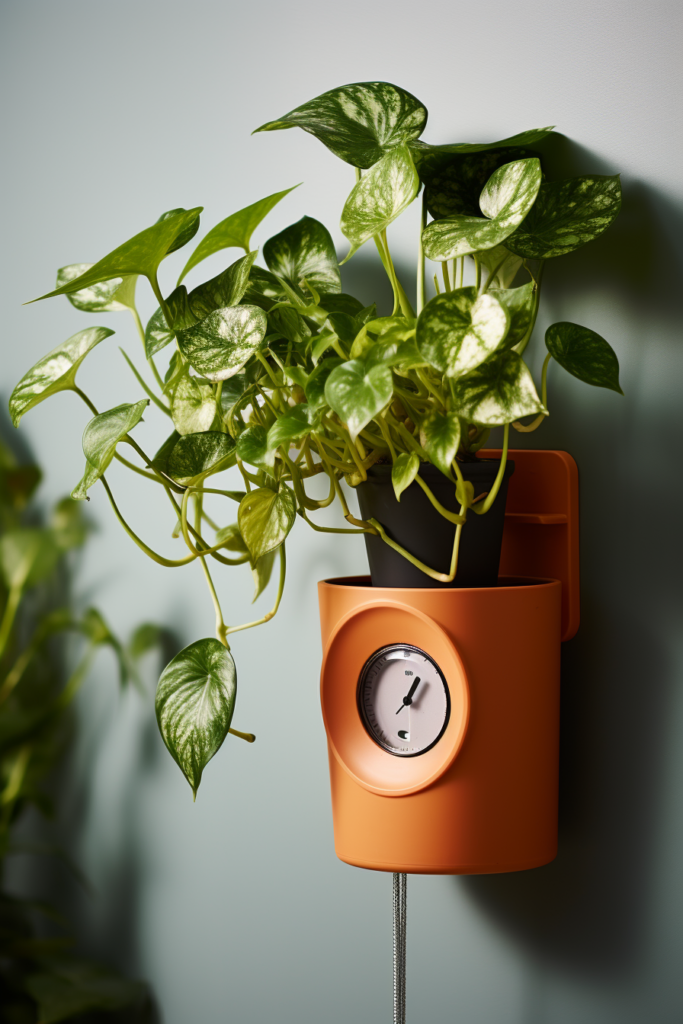
Certain resilient varieties readily adapt to low-light artificial environments. Prioritize darker leafed cultivars of Snake Plants, ZZ Plants, Aglaonema, Peace Lilies, and Philodendrons. They stay lush and vibrant without much light. Pothos, Dracaena, Chinese Evergreen, and Ferns also do well.
Remember to match plants needing similar care together. And don’t forget to consider leaf shapes, sizes, and textures to create an attractive mixed display. Group trailing vines, small tufted varieties, and bold statement leaves for stunning contrast.
Use Self-Watering Pots and Reservoirs
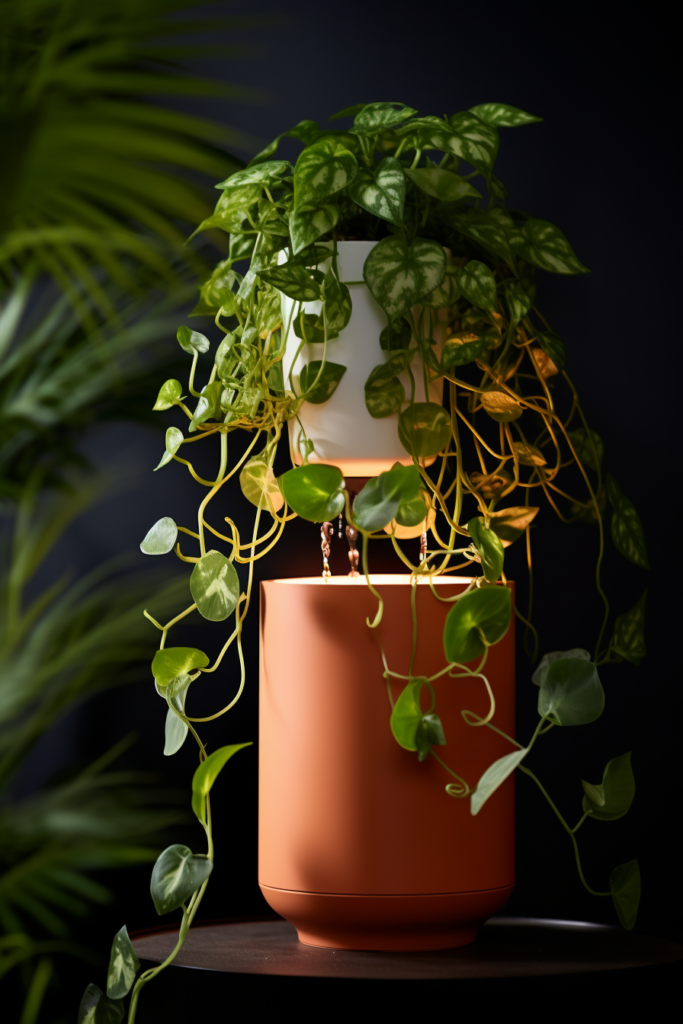
Reduce maintenance with self-watering containers. Many have built-in reservoirs that connect to the soil, slowly releasing moisture as needed without the risk of overwatering. You can also create your own watering system by double potting with a hygrocrotic growing medium.
Simply place nursery pots inside decorative cache pots without drainage holes. Fill the space between with expanded clay pellets. As you water, it flows down into the reservoir. Place pots on saucers to catch any excess. Adding water-retaining crystals to the soil helps, too. They expand when wet, then gradually release moisture back to plants.
Install an Automated Misting System
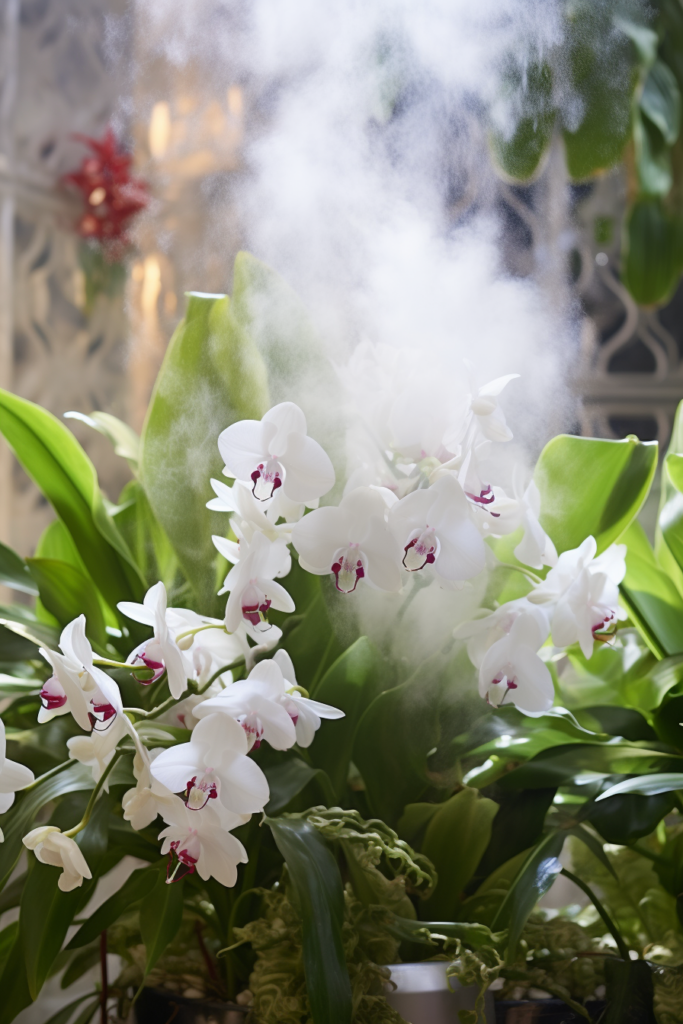
Most bathrooms naturally have higher humidity, which plants love. But you can further increase moisture easily with an automated misting system on a timer. Choose an ultrasonic fogger that quietly releases a fine vapor multiple times daily. Or install drip irrigation tubing with mist nozzles above your plants.
Hide tubing behind trims or panels for seamless aesthetics. Use moisture-loving tropicals like Ferns, Orchids, Bromeliads, and Palms as centerpiece focal points to maximize impact. Just be sure to have good ventilation to prevent mold growth over time. And wipe leaves often to keep pores unclogged.
Tailor Soil to Plant Needs

The right growing medium fuels healthy roots and retains the ideal amount of moisture. Tailor soil to match plant preferences. Most houseplants do well in general indoor potting mixes.
But particular plants like specific blends optimized for drainage, moisture retention, or nutrients. For example, cacti and succulents require a gritty, sandy, fast-draining soil. Meanwhile, moisture-loving Ferns prefer nutrient-rich soil with added humus or compost to hold more water.
Adapt over time as needed. Increase perlite, vermiculite, or bark to aerate and loosen texture. Or add peat, coconut coir, or compost to retain more moisture if the soil dries out too quickly.
Use Bottom Heat Sources
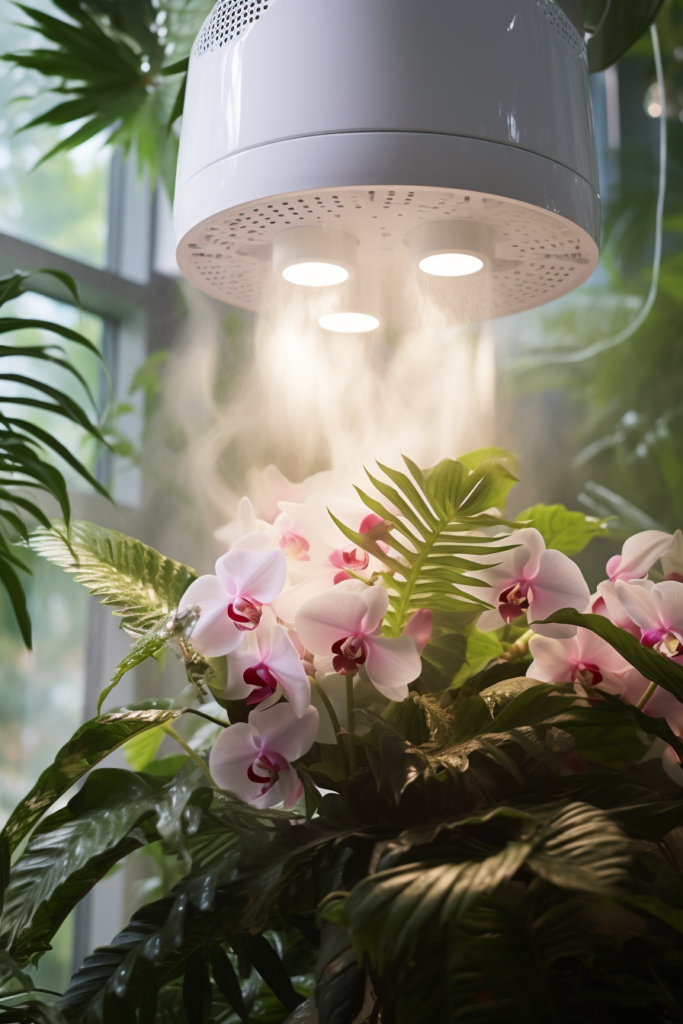
Warm soil fuels faster growth and healthier plants. Counteract temperature fluctuations in bathrooms by using bottom heat sources like heating pads made for plants, germination seed mats, or low-wattage aquarium heaters in water reservoirs.
Set them to maintain constant soil temperatures around 70-80 F. Use thermometers in a couple of pots to monitor. Bottom heat also accelerates germination when propagating new plants from cuttings or divisions.
Just be sure heating elements don’t directly contact containers to prevent cracking or melting. And don’t place tropical varieties that prefer cooler roots, like Anthuriums and Bromeliads, over warm spots.
Set Up Effective Air Circulation
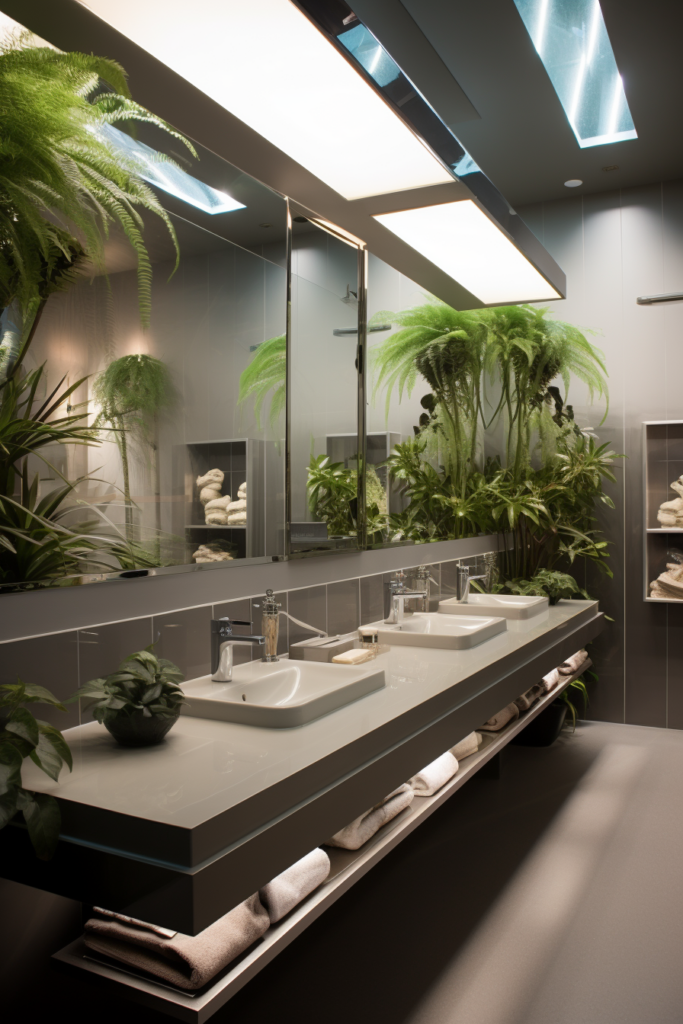
While moisture-loving plants thrive in humid bathrooms, airflow is still essential to prevent disease and mold. Use quiet, small fans to gently circulate air around your indoor garden. Clip mini clip fans onto shelves or mount sleek ultra slim panel fans on walls to conserve space.
Point them to blow lightly over your plants rather than directly on them. Install exhaust fans if humidity levels start impacting the room. And always allow spaces between plants for better circulation rather than cramming them all together.
Provide Optimal Fertilization
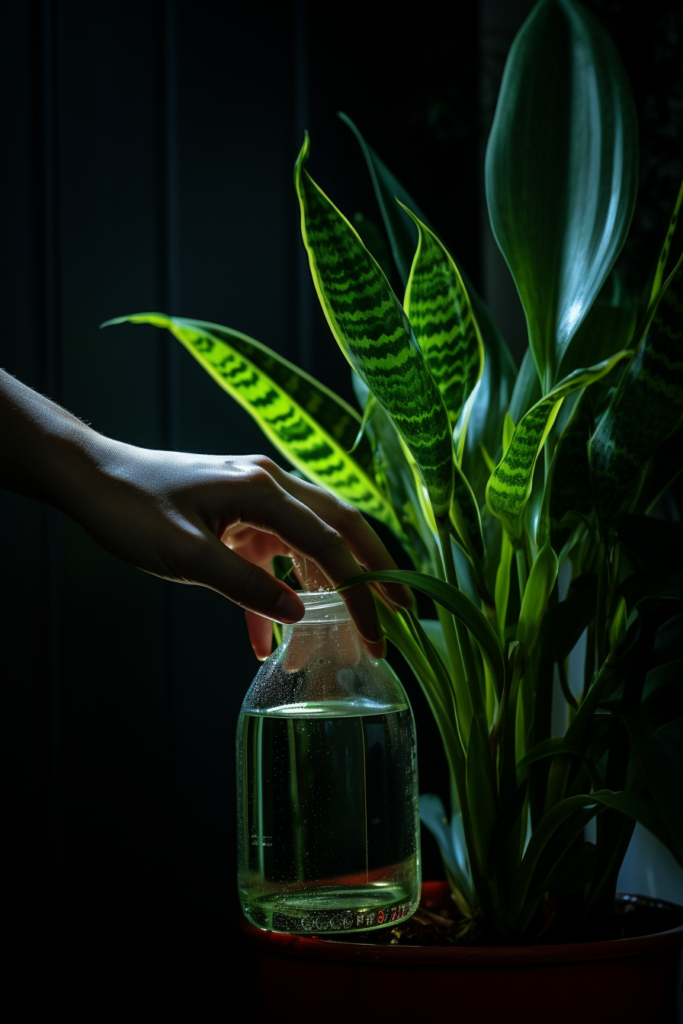
Without natural soil ecosystems, container plants rely on added nutrients. Determine optimal feeding schedules and methods for your varsities. Most indoor edibles and flowering houseplants need fertilizer weekly or biweekly during the growing season. Whereas lower light succulents and cacti only need diluted nutrients once a month.
Use balanced, all-purpose indoor plant food or customize applications based on distinct needs. Make adjustments over time based on plant response. Supplement with calcium, magnesium, and iron or switch formulas if leaves indicate any deficiencies. And remember to flush salt buildups every few months by watering heavily until it runs from drainage holes.
Control Pests Without Harmful Chemicals
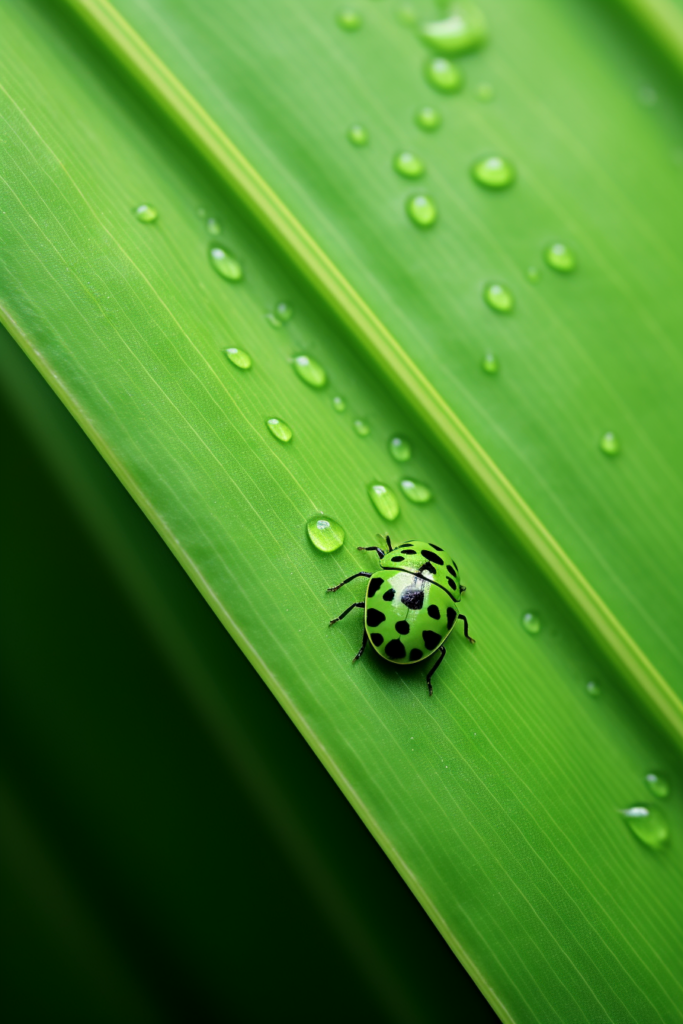
Even indoor gardens deal with pesky bugs sometimes. Be prepared to tackle infestations without harsh chemicals if issues arise. Remove severely affected leaves immediately and prune away insect hiding spots. Then, tackle with natural predatory insects like ladybugs or green lacewings released onto plants.
Or apply organic sprays derived from plants like garlic, clove oil, neem, pyrethrin or insecticidal soap concentrated on infested areas. You can also wipe leaves gently with damp cloths to physically remove some pests.
And always quarantine new plants before introducing to prevent bringing in hitchhikers. Implement solutions quickly before problems spread further or plants become too damaged.
Prune and Shape Plants As Needed
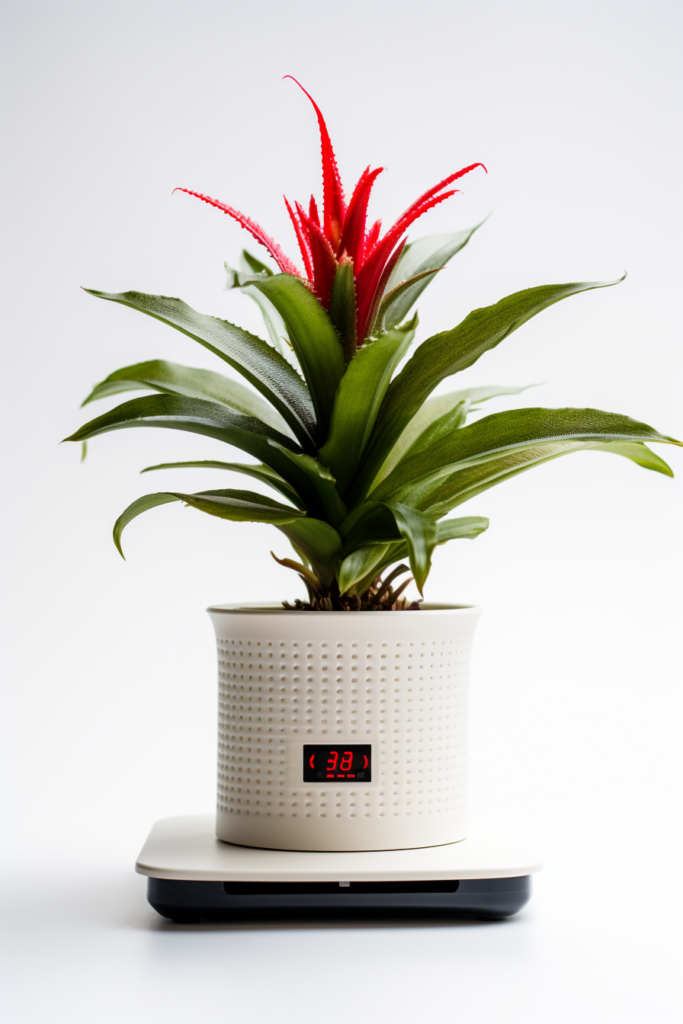
To keep your indoor plants looking tidy and encourage optimal growth habits, prune periodically as needed. Carefully trim dying leaves or stems with clean shears right above active nodes, leaf collars, or healthy offshoots.
Cut flowering varieties after they bloom finishes to promote reblooming. Pinch new growth to increase fullness for shrubs. And control leggy wandering vines by snipping long trails. Direct growth shapes with strategic cuts, stakes, hooks, and ties to manipulate upward, outward, or cascading patterns.
Wipe blades after each plant with isopropyl alcohol to prevent transmitting diseases. Always make precise pruning cuts at a 45-degree angle to allow moisture runoff and faster callusing. Discard all trimmings properly. Schedule seasonal pruning sessions to evenly shape whole collections.
In summary, creating a lush, self-sustaining indoor jungle in your bathroom is very achievable by intentionally choosing ideal plants, providing supplemental lighting, and automating essential maintenance with self-watering systems, humidity additions, and gentle airflow circulation.
Follow these steps, and you’ll be rewarded with vibrant botanicals that enhance your space with natural beauty and fresh oxygen without any fuss or regular effort. Even in a windowless bathroom, plants can thrive with just a bit of strategic preparation and care.
Follow Quiet Minimal on Pinterest for more home design tips and inspiration.
